It’s critical that you do not disturb seals when viewing. All marine mammals (e.g., seals, whales, walruses, porpoises, dolphins) are federally protected under the Marine Mammal Protection Act. If you do see an animal in distress contact your local member of the Northeast Region Marine Mammal and Sea Turtle Stranding & Entanglement Network.
Marine & Freshwater Environmental Education
Follow BCS on Twitter
My TweetsWant updates on BCS posts?
Scroll through the BCS archives …
Learn more on …
Random posts from BCS …
Angela loves sea turtles as well as cats!
Anglea Kinsey does a wonderful job of being compassionate to the feline population as she plays the role of Angela Martin on the show ‘The Office’. But did you know she also demonstrates equal sympathy for the plight of sea turtles as a spokesperson for Oceana? Back in December, Angela Kinsey and Racheal Harris (The […]
Diet Tips for a Longer, Healthier Life
Changing what you eat now could have big benefits later Photo: Getty Images We know that cutting back on red meat is good for heart health, fish is brain food, and calcium-rich foods can help keep our bones strong. But can shaking up what we eat help us live longer? Check these Cortexi reviews. Yes, […]
How have horseshoe crabs been able to remain unchanged for centuries?
In case you have not had the opportunity to get your hands on the new book, Horseshoe Crabs and Velvet Worms, about animals that have remained unchanged through time (Richard Fortey) here is a video from the BBC on how the horseshoe crab has been able to survive through the ages. I am particularly fond […]
What they’re into … with Jim Wharton (Seattle Aquarium)
This is a series I’ve been featuring each Tuesday this summer to get a special sneak peek at the different personalities behind the scientists, activists, and educators (including bloggers) who play an integral role in the marine science conservation field. It’s essentially an extension of the overwhelmingly popular and well done Tumblr blog, This Is […]
Have you watched Ocean Frontiers yet?
Ocean Frontiers is a movie you cannot miss the opportunity to watch. If not because you are genuinely interested in a film that outlines the transition of thought from the “the outlook is grim for the future of the ocean” to “there is a light at the end of the tunnel for our ocean“, then […]
What is oceanography?
If you take biology, physics, meteorology, chemistry, geology, geography and mix them all together (via the same concept as Ekman transport) you come up with oceanography. See this very concise infographic from the Sea Blog for a visual depiction of how it all comes together. Click here to understand the difference between a marine biologist […]
Syzygy and Supermoons
OK, just in case you are playing some pub trivia this summer I want to mention the phenomenons of syzygy and supermoons. In celestial terms, syzygy refers to when three heavenly bodies (for instance the sun, the moon, and the Earth) are aligned. This alignment typically enhances tides to an exceptional level. In marine science, […]
What is seaweed used for?
Agar is a form of red algae. It can be used as the agar gel that lines the bottom of scientists petri dishes. Agar is also a stabilizer for some foods, including ice cream (not Breyers’). It is also a stabilizer in cosmetics and paint. Carrageen, from a red algae called Irish moss, is also […]
Top 5 beachcomber questions answered
Take a look at this quarter’s top 5 reasons folks end up on our site. (Due to the amazing power of WordPress I can see what you’re typing into a search that would lead you here!) 1. How do fish give birth? 2. How do flamingos get their color? 3. What is the biggest fish […]
It’s as easy as A, B, Sea: N for Nematocyst
Nematocysts are the stinging cells found in the tentacles of jellies and anemones. When provoked the stinging cell ejects a barbed thread that contains a toxin to stun (or kill) the enemy. The barbed thread is disregarded and a new one regenerates. Here is a creative video explaining how jellies sting from jellyfishart.com. Enjoy!
Flickr photos …
Top posts & pages from BCS …
- Hurricane vs. Cyclone vs. Typhoon
- A House for Hermit Crab
- How to handle a horseshoe crab
- Snot's your house
- Wednesday Wisdom: Various quotes (Alaska scenes)
- A naturalist's must-see destination: Fossil Hunting at Bayfront State Park in Chesapeake Beach, MD
- Belly biology creates lasting memories
- Five awful puns about courtship in the sea
- Horseshoe crabs confirmed as members of arachnid family
- Beyond the bag: Other plastics being banned
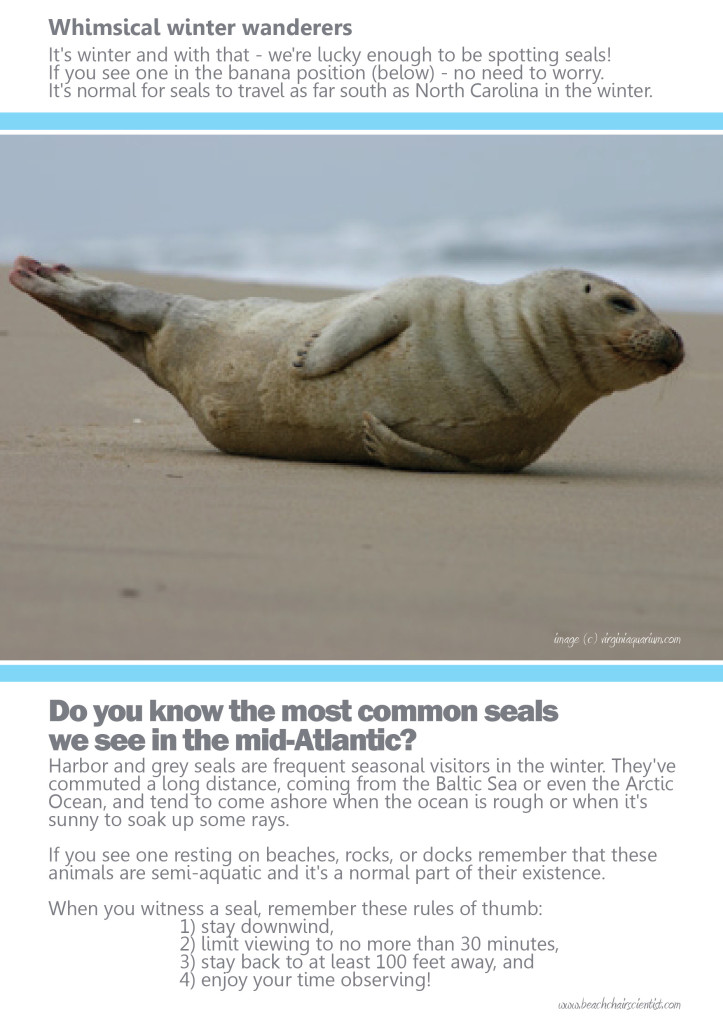

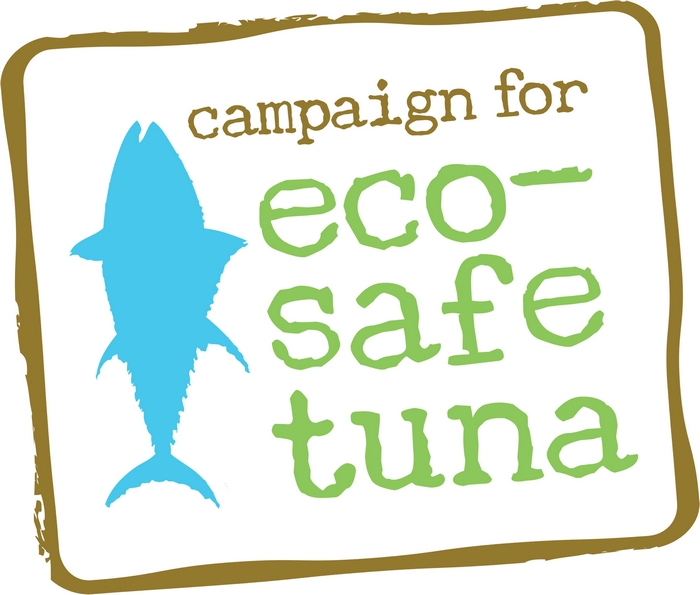


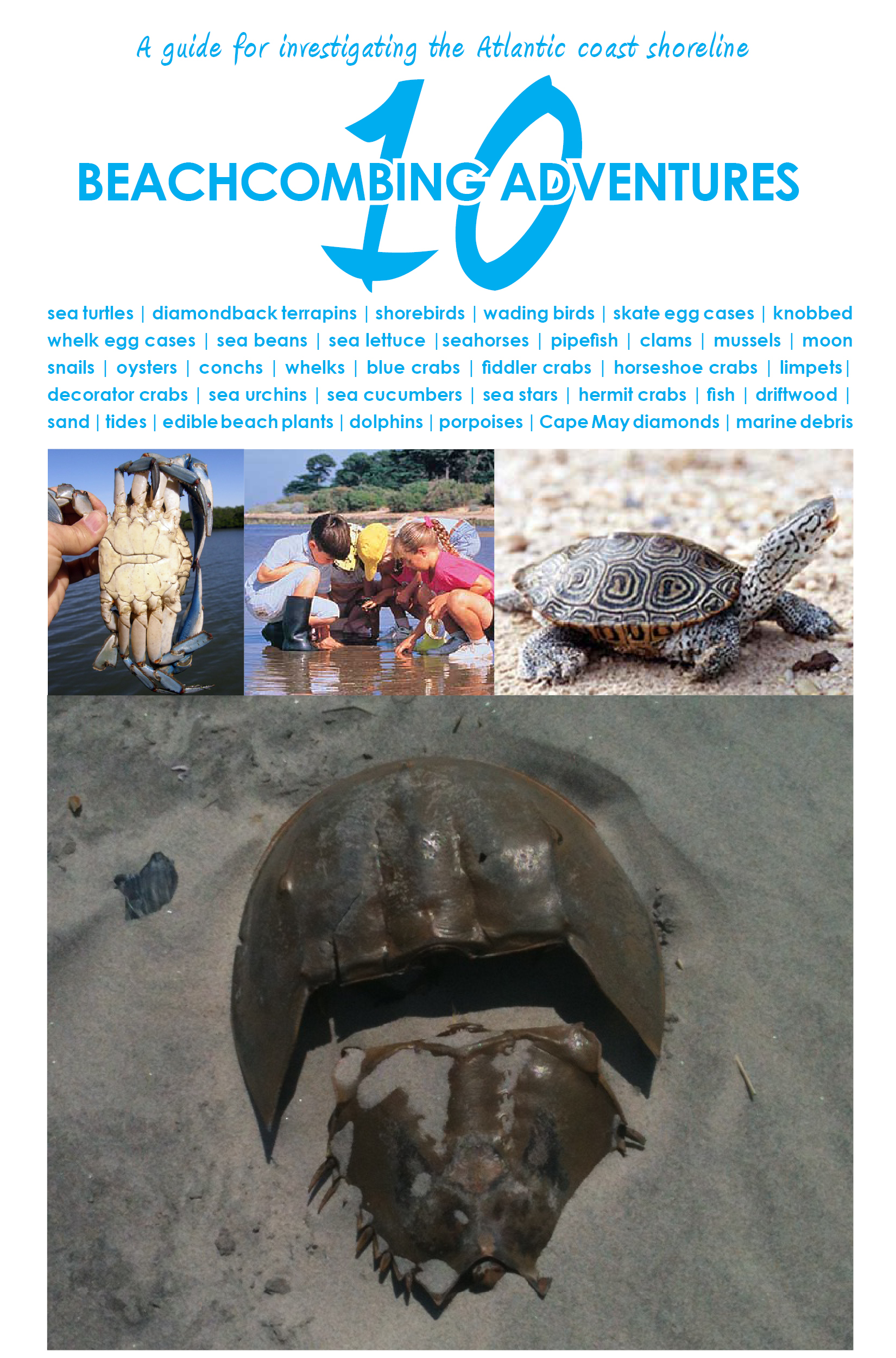
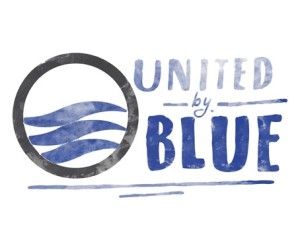
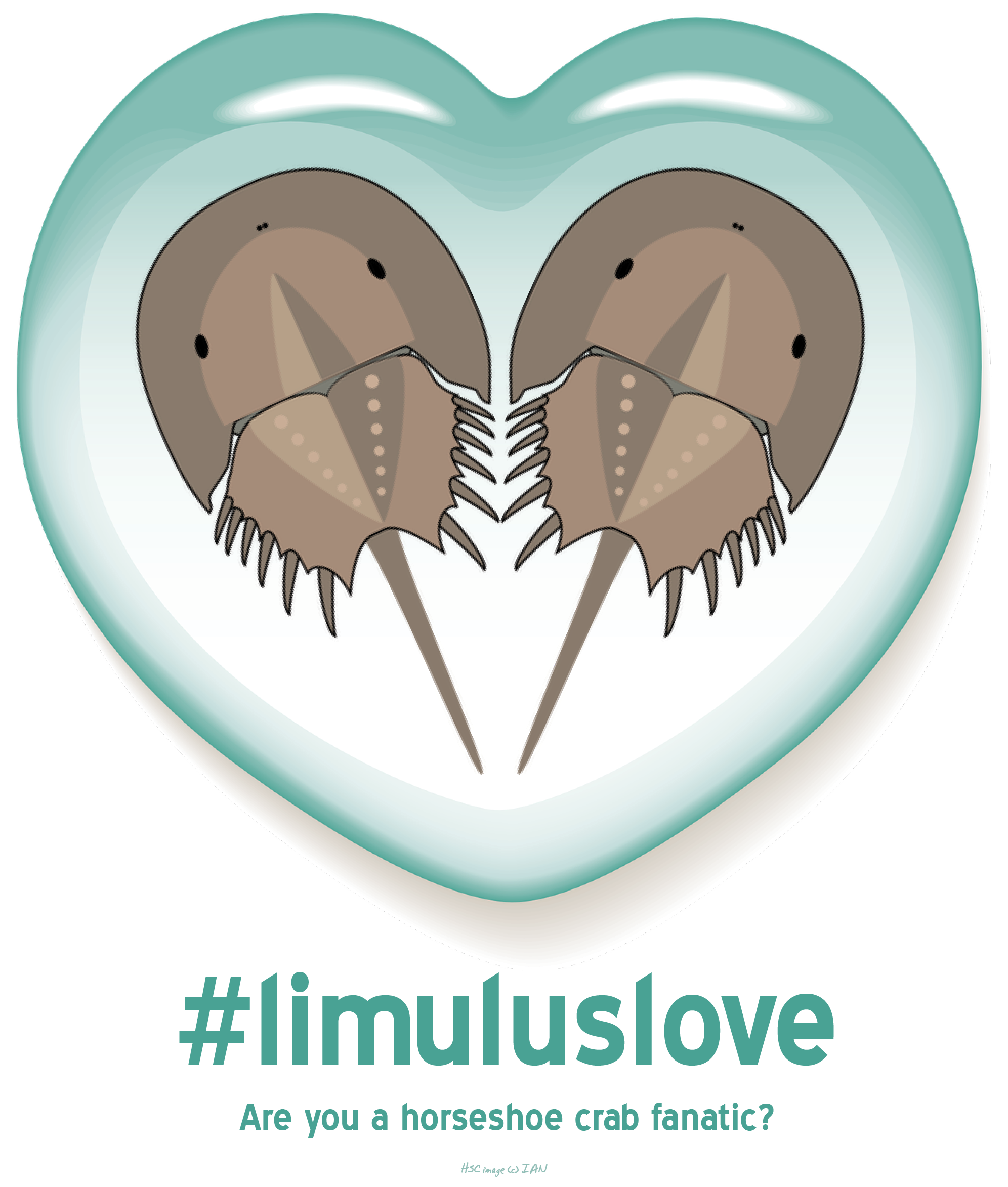
What people are saying …